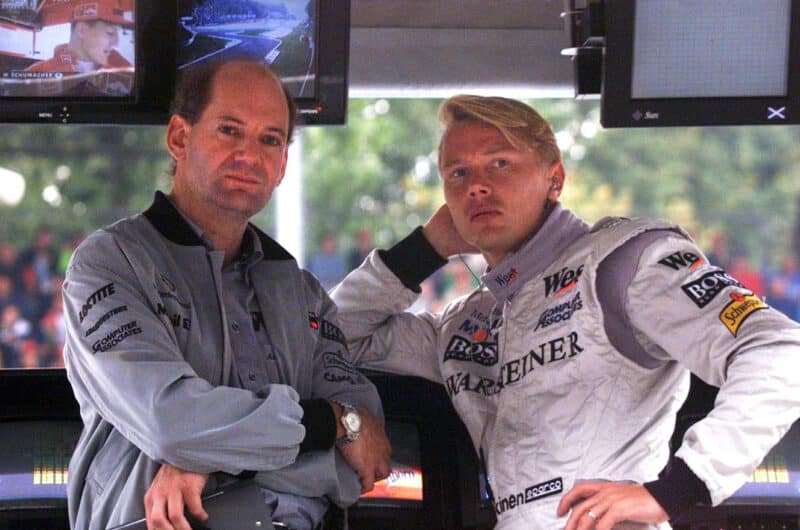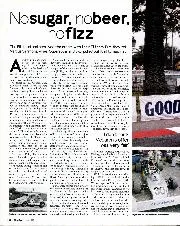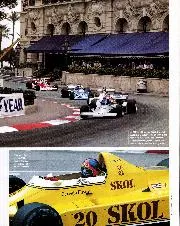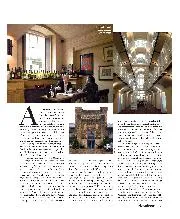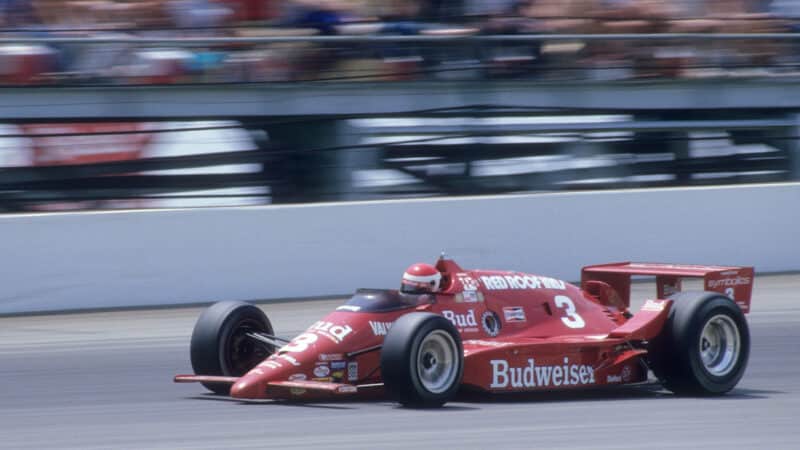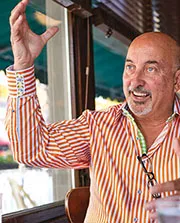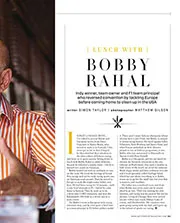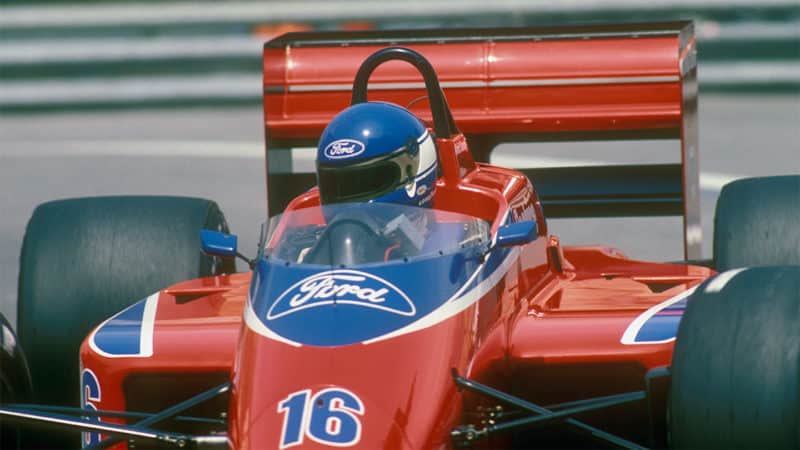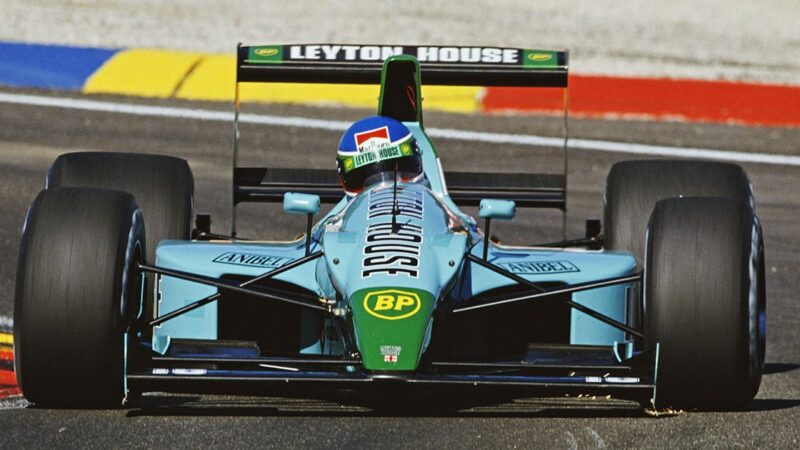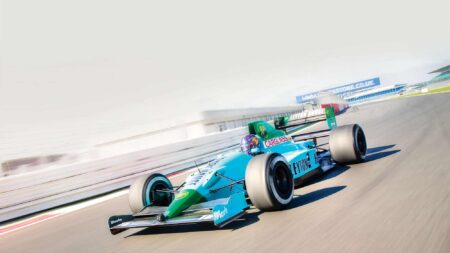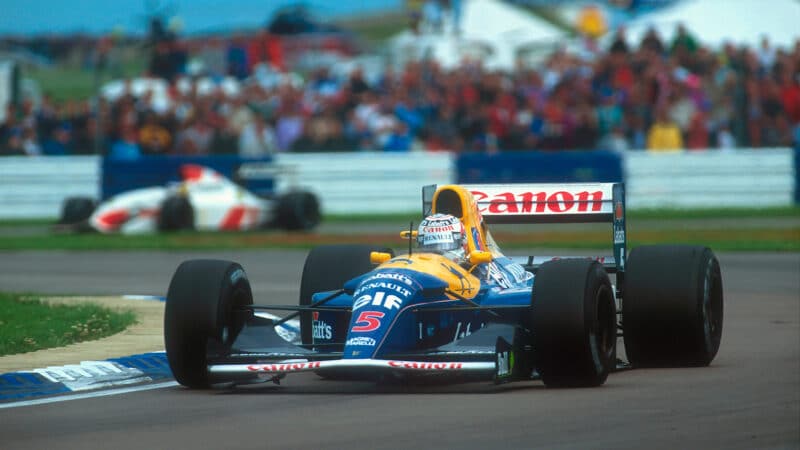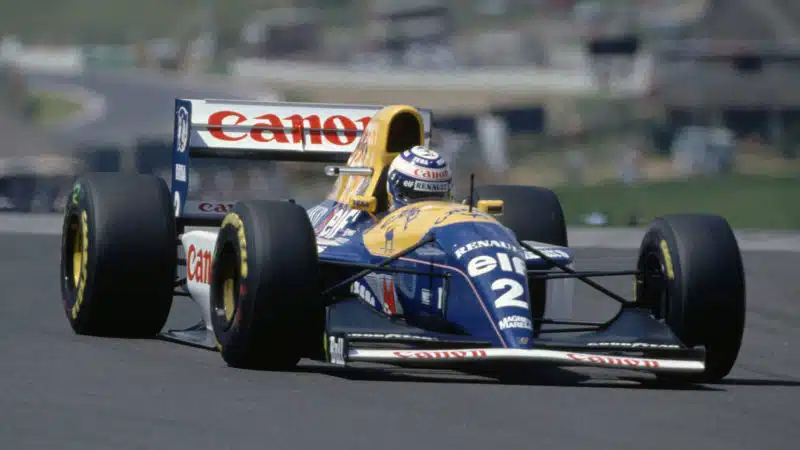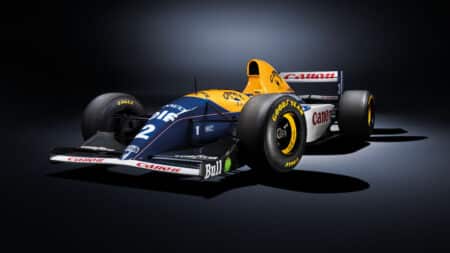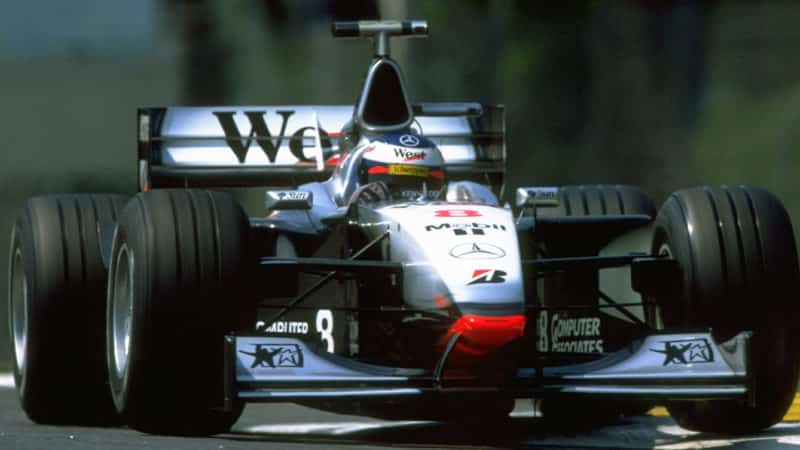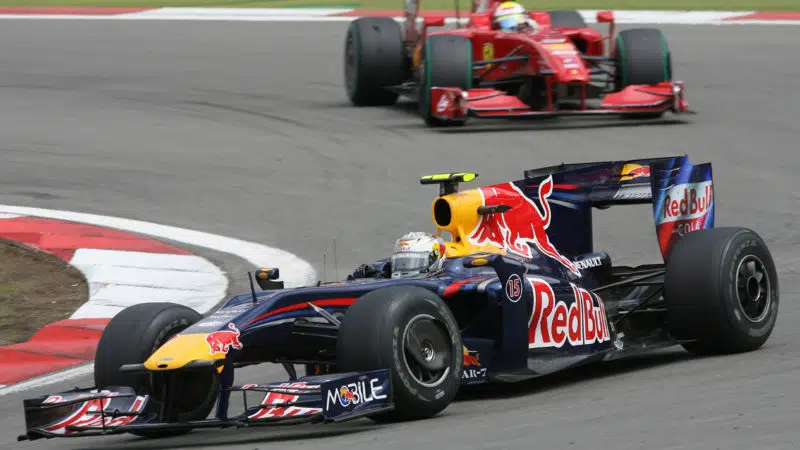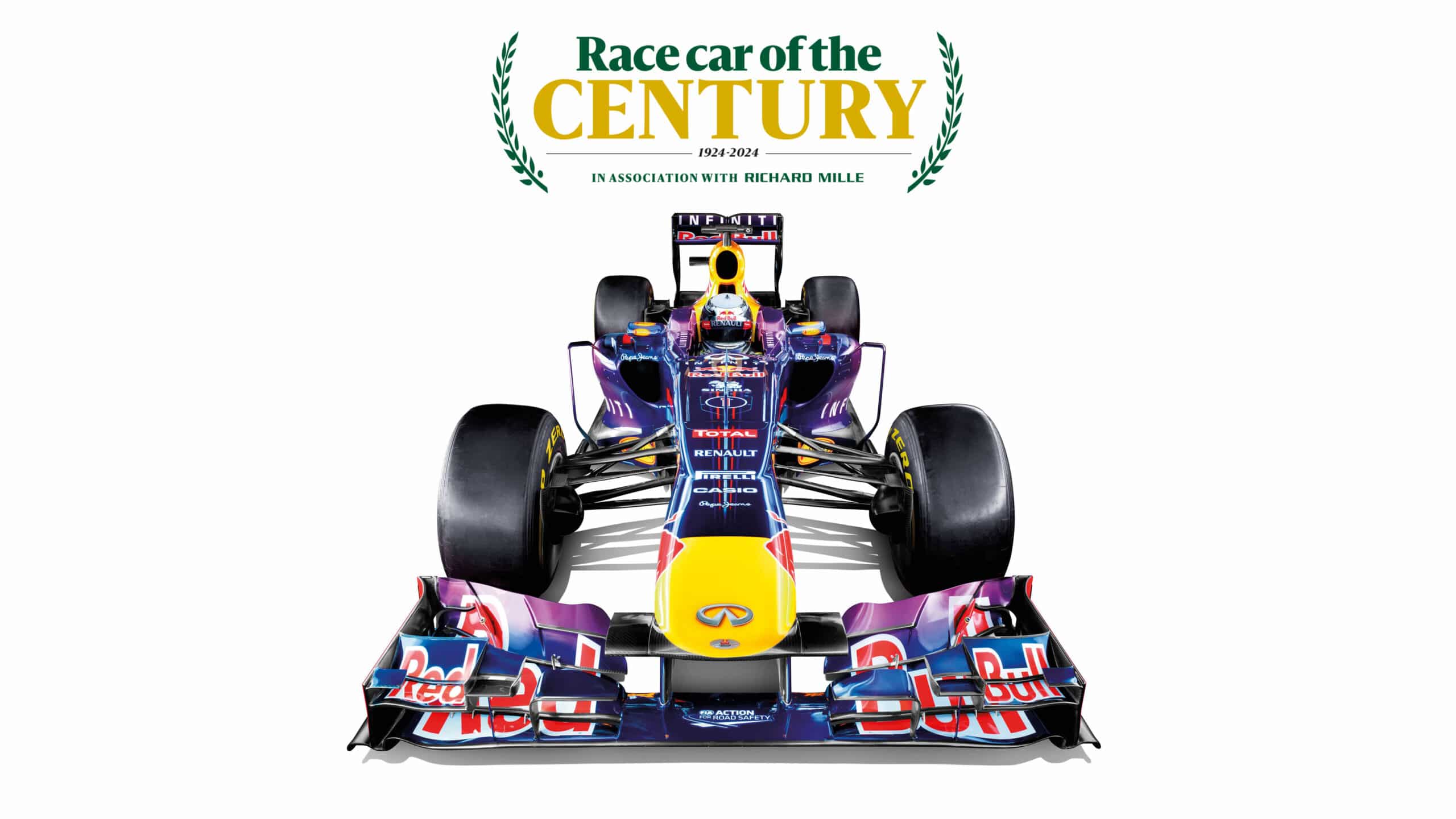“I was actually on the verge of staying on to do a PhD on helicopter rotor blades, when Harvey Postlethwaite rang me up, a good two or three months after I’d written a letter to Fittipaldi,” he told Motor Sport in 2000. “So I went up for an interview and he offered me a job the next day.
“I remember turning up for the interview on a Ducati 900SS. Harvey had a Moto Guzzi Le Mans and the two bikes were great rivals at the time. Before we started on the interview he looked at the Ducati and asked if he could ride it. He went round the trading estate on it and I think we spent the first hour chatting about bikes rather than cars. It was a good start.”
The young, green designer soon found out he was to be a one-man aerodynamics department, and says the Fittipaldi F8 he was tasked with improving – driven by Emerson Fittipaldi, Keke Rosberg and Chico Serra – wasn’t a bad car.
However, the money soon ran out, and Newey was faced with finding a new job not long after his first.
March onwards: Newey’s Daytona and IMSA success

Randy Lanier gives chase at the back of this trio when fighting for the ’83 Daytona win in the Newye-optimised March 83G IMSA GTP car
Getty Images
Though Newey had a chance to join Lotus and Colin Chapman, after former Fittipaldi team manager Peter Warr offered him a place at Hethel, the engineer preferred to take on a more diverse role at March, helping with its junior single-seaters, IndyCars and sports cars.
“That’s the great thing about it,” said Newey. “You’re involved in different formulae in all sorts of different areas: aerodynamics, race engineering and mechanical. You learned a lot very quickly.”
